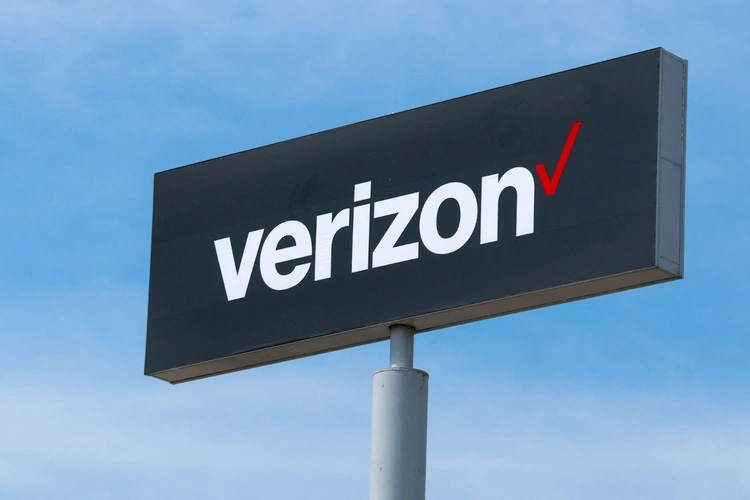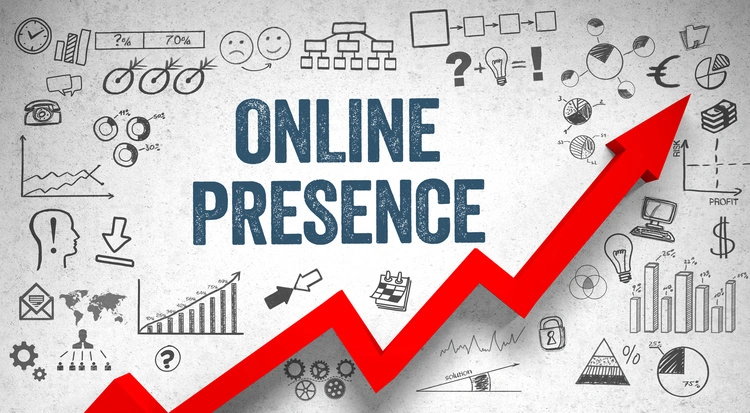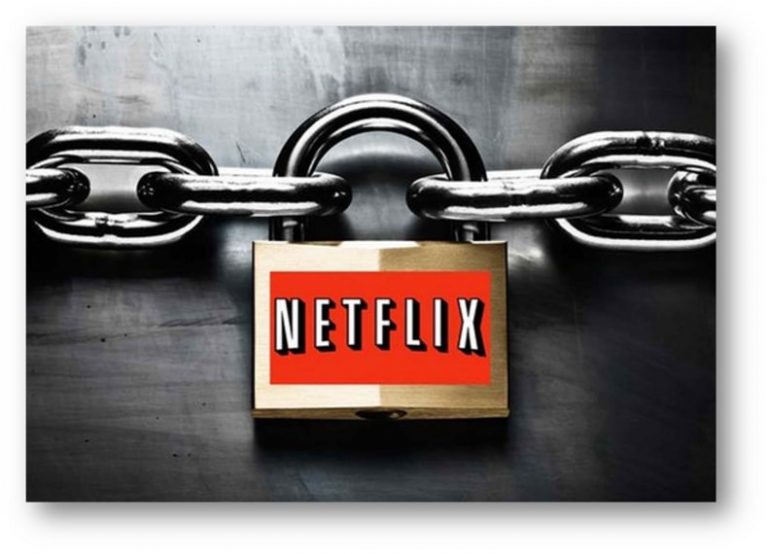Best Practices for Cold Emailing: How to Outreach Effectively
In today’s digital era, cold emailing remains vital for building new business relationships, fostering sales, and expanding network connections. But with the average office worker receiving 121 emails daily, how can you ensure your message doesn’t blend into the crowd or end up in the dreaded spam folder?

This article aims to answer that question by offering best practices for cold emailing that help you outreach effectively. Whether you’re a seasoned marketer, a startup founder, or a professional looking to enhance your networking skills, our guide will equip you with the knowledge to craft compelling, personalized messages that command attention. Understanding your target audience, creating engaging subject lines, writing impactful content, and leveraging effective follow-up strategies can transform cold outreach from a game of chance to a strategic, results-driven process. Let’s dive in.
Also Check: QuickBooks Tool Hub Program – Download, Install & Fix Errors
Understanding Your Target Audience
Before you send that cold email, it’s crucial to understand who’s on the receiving end. Sometimes it can be quite challenging to find contacts of potential customers you’d like to outreach to. To do this, you might find tools for email lookup useful. It is also helpful when you are able to extract emails from LinkedIn. SignalHire, for instance, can help with both. This contact database enables you to find and reach the right people in your target audience, even allowing you to extract emails from LinkedIn for more focused outreach. It also boasts a Chrome/Firefox extension.
Once you’ve identified your target audience, understand their professional interests and potential challenges. This thorough investigation will allow you to segment your audience and tailor your emails for maximum personalization and relevance.
Remember, understanding your target audience is the foundation of an effective cold email. This tailored approach increases your chances of piquing their curiosity, earning their trust, and getting a response.
Here’s an example:
Subject: Revolutionizing Your Tech Startup with Intuitive UI Designs
“Hi [Recipient’s Name],
I’ve been following [Startup Name] and am impressed by your innovative approach to technology solutions. As a graphic designer specialized in creating user-friendly interfaces, I couldn’t help but notice the potential for enhancing your product’s UI to boost user engagement and satisfaction…”
Crafting a Compelling Subject Line
The subject line is the gatekeeper of your email. It’s the first thing your recipient sees, and it can decide between your email getting opened or deleted. Given its importance, crafting a compelling subject line is a skill every cold email sender should master.
There are a few strategies for writing engaging subject lines:
- Personalize
Include the recipient’s name or company in the subject line. Personalization can catch the recipient’s attention and increase the open rate.
- Example: “John, improve your team’s productivity with our tool”
- Be Specific and Relevant
Your subject line should give a clear idea about the email’s content. Recipients are more likely to open it if it’s relevant to their interests or challenges.
- Example: “Boost your website’s SEO in 3 simple steps”
- Create a Sense of Urgency
Using time-sensitive language can encourage the recipient to open the email sooner.
- Example: “Last chance to secure your seat at our marketing webinar”
- Spark Curiosity
A subject line that raises questions or surprises can provoke curiosity, leading to higher open rates.
- Example: “The secret to tripling your sales this quarter”
However, avoid sensationalism or clickbait tactics, which can harm your credibility. Additionally, keep the subject line concise. Aim for about 50 characters or less, as many email clients truncate longer subject lines.
Writing an Effective Opening Line
Once your compelling subject line has enticed your recipient and has opened your email, the opening line becomes the next critical factor in maintaining their attention. This first line, often visible in email previews, can determine whether your recipient continues reading or dismisses your email as irrelevant.
Here are some strategies for crafting an effective opening line:
- Personalize
Just as with the subject line, personalization can significantly improve engagement. Use the recipient’s name and refer to their company, role, or recent accomplishments.
- Example: “Hello John, I was impressed to read about ABC Corp’s recent product launch…”
- State a Mutual Connection or Interest
If you share a connection or interest with the recipient, mention it to build rapport and spark their curiosity.
- Example: “Hi Lisa, like you, I am an avid follower of emerging digital marketing trends…”
- Show You’ve Done Your Homework
Demonstrate you know something about the recipient that goes beyond what’s written on their LinkedIn profile.
- Example: “Dear Michael, I recently read your insightful blog post on AI in healthcare…”
- Ask a Thought-Provoking Question
Open with a relevant question that gets your recipient thinking and encourages them to engage with your message.
- Example: “Hi Karen, are you looking for ways to streamline your project management process?”
Creating Valuable Content in the Body
Now that you’ve captured your recipient’s attention with your subject line and opening line, it’s time to deliver value with the main body of your email. This section is where you explain who you are, why you’re reaching out, and how you or your product/service can solve a problem they have.
Here are some strategies to craft valuable content in the body:
- Keep It Short and Direct
People generally need more time or patience for long emails. Keep your message concise, ideally under 200 words.
- Use Simple Language
Use industry jargon only if you’re sure the recipient will understand it. Your goal is to communicate clearly, not to showcase your vocabulary.
- Personalize
Show that you’ve taken the time to understand their needs or challenges. Avoid generic statements that could apply to anyone.
- Example: “Given your recent expansion into the European market, I thought you might face challenges maintaining supply chain efficiency…”
- Deliver Value or Solve a Problem
Explain how you or your service can help them. Be specific about the benefits.
- Example: “Our logistics software, LogiSoft, has helped similar companies reduce their delivery times by 30%…”
- Be Respectful
Remember, you’re intruding on your recipients’ working day, so be courteous. Acknowledge their time constraints and thank them for considering your proposal.
An example of a concise yet persuasive email body would be:
“Dear James,
Given Acme Corp’s recent expansion into the European market, I thought you might face challenges with maintaining supply chain efficiency.
Our logistics software, LogiSoft, has helped similar companies reduce delivery times by 30% while cutting costs by up to 20%. We offer a free trial, allowing you to evaluate the benefits it might bring to your operation without any commitments.
Thank you for considering my proposal, and I’d be happy to answer any questions or set up a demonstration at your convenience.
Kind regards,
[Your Name]”Strong Call to Action (CTA)
A call to action (CTA) is the next thing you should include in your email. It’s the turning point where your email transitions from a simple message into an opportunity for engagement and potential conversion.
Your CTA should be clear, compelling, and easy for the recipient to follow. It should accurately express what you want the reader to do next. Whether scheduling a call, signing up for a demo, replying to your email, or reading a blog post, there should be no ambiguity.
For example, you might say:
“Would you be available for a 15-minute call next week to discuss how our software can streamline your logistics?”
Or perhaps:
“Please reply to this email with some suitable times for a demonstration of our product.”
Remember that your CTA should be proportionate to the level of commitment you’ve built in your email. If this is your first point of contact, asking someone to purchase a high-ticket item might be a stretch. Instead, start small, and build the relationship from there.
Final Thoughts
To maximize the impact of your cold email outreach, it’s essential to understand your target audience, craft engaging subject lines, write compelling opening lines, deliver valuable content, and end with a strong call to action. Each component is critical in capturing attention, building rapport, and spurring your recipient to act.
Successful cold emailing is more art than science, often requiring patience and refinement. The key is always to be respectful, authentic and focused on offering value. As you incorporate these best practices into your outreach efforts, you’ll be well on your way to elevating your cold email game. Get started today, and happy emailing!






